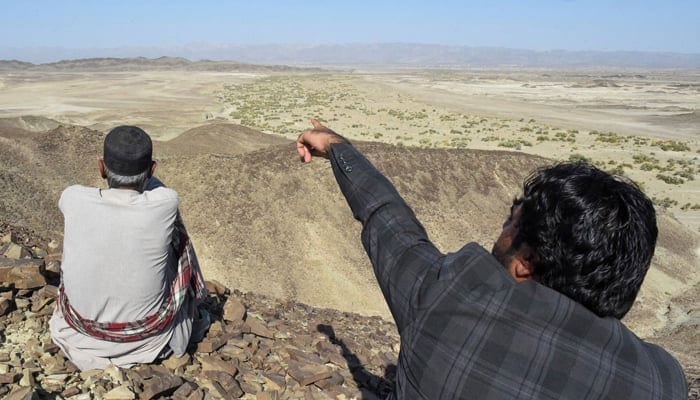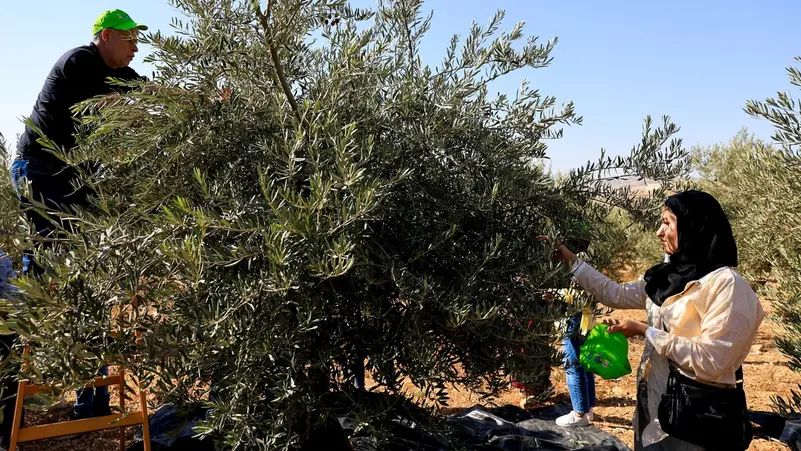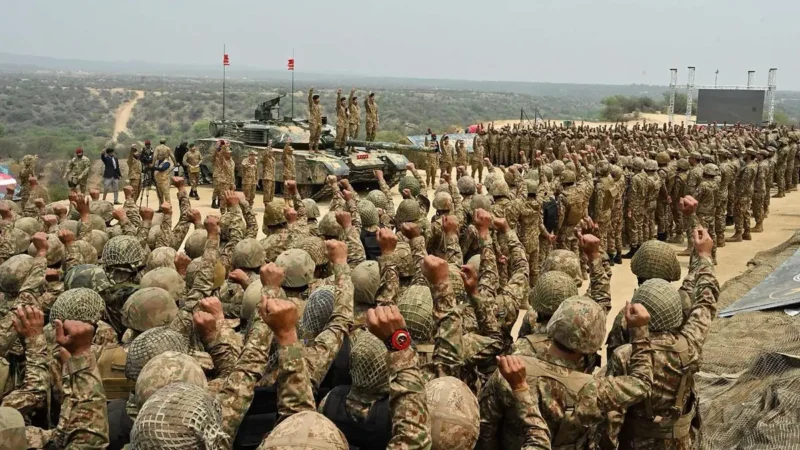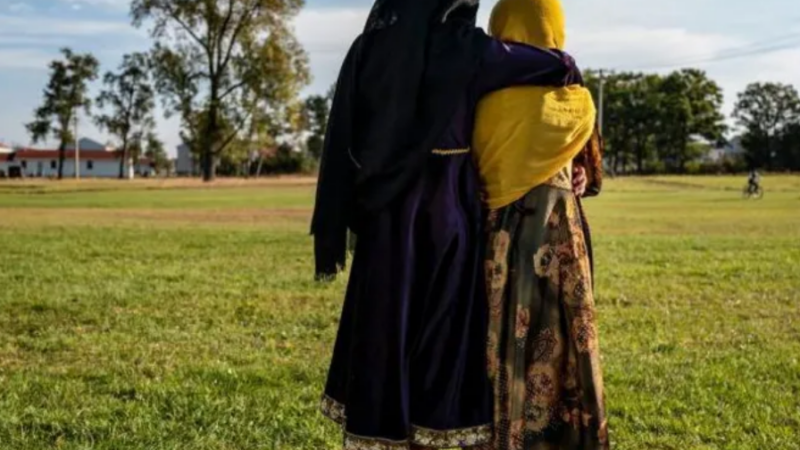A land of opportunity is Balochistan.

Balochistan has been blessed with multiple resources. It is home to a vast culturable wasteland and a huge population of livestock, which can easily fulfil the country’s food requirements. It is rich in precious and strategic minerals. Nature has bestowed Balochistan with mesmerising beauty. It is emerging as a connectivity hub. Gwadar port and construction of international airport have fast-tracked the process. In a nutshell, Balochistan is a land of opportunities, and it has the potential to assist Pakistan in realising the dream of sustainable development.
Despite such huge potential, the province is suffering from multifaceted challenges. If you look at any economic or social development indicator, Balochistan is lagging behind. But it can reverse the process by adopting a wise and multifaceted policy and implementation framework.
Asian Institute of Eco-civilisation R&D has prepared a few suggestions for consideration.
First, Balochistan must develop a long-term vision, “Vision 2047,” which should be implemented in two phases. The objectives and goals of each phase should be set according to the ground realities. The next step would be to prepare a list of sectors and prioritise the sectors for each phase.
Agriculture, mining, tourism, primary SMEs and transit trade corridors have identified for 2035, and advanced SMEs, large-scale industry and technology development for 2047. The first phase will culminate at the end of 2035, and the goals and objectives of the second should be achieved at the end of 2047.
Second, implementation should be started by focusing on agriculture and livestock. It is common knowledge Balochistan has productive agricultural land. The diversity of geography allows the region to grow multiple crops, fruits and livestock. Regrettably, according to official statistics, only 2.49 million acres of land are cultivated, which is extremely low compared.
Balochistan has 4.26 million acres of culturable wasteland, which is extremely huge. It is believed application of better production, harvesting, marketing and technologies can bring about revolution.
Balochistan is also rich in fruit production, and sometimes it is called the country’s fruit basket. Besides, it has huge potential for production of quality livestock and dairy products. Presently, it is contributing to meet the national needs of livestock, meat and dairy products.
The modernisation of the sector can bring billions of dollars to Pakistan. However, the poor state of water infrastructure and availability, old technology, lower quality of inputs, supply chain and poverty among the farmers hinder development of agriculture and livestock.
Balochistan should ask the federal government to prioritise its agriculture under the SIFC. Due to its location, the area is an ideal destination for Gulf countries, as they can import quality Halal food from nearby destinations. It also has vast culturable wasteland available, which the government can use for corporate agriculture. Pakistan can also explore opportunities from China under CPEC; rather, it can develop trilateral cooperation with China and Gulf countries for Balochistan.
It would be an ideal cooperation, as Balochistan has land, the Gulf resources and needs food, and China has modern technology.
The trilateral cooperation should focus on five areas. First, they should create a joint agro-food special zone in a designated geographical area. Second, efforts should be made to modernise the supply chain according to global standards. They can start working by establishing a “Joint Transport Company”.
Third, storage and lab facilities should be established. Labs will help ensure phytosanitary standards for the export. Fourth, a specialised “Trilateral Food and Agriculture Development Fund” should be established by pooling the financial resources. The Fund should provide financial resources for agriculture practices, transport, and the food industry. The prime focus of the Fund should be to invest in R&D to modernise the agriculture and food sectors.
Fifth, dam-building and water conveyance infrastructure must be the top priority. The process can be started by building small dams.
Nature has blessed Balochistan with mesmerising beauty, mountains, deserts, coasts and historical places. It has all the ingredients of tourism that make it a dream destination. Unfortunately, lack of infrastructure is hindering the province from becoming the top tourism destination in the world. The country should focus on building the tourism infrastructure in Balochistan. Pakistan can easily mobilise the resources, as it is one of the key areas of CPEC. Options can also be explored to declare Balochistan a sister province to some Chinese provinces. It will also help attract tourists from China. Tourism is also part of SIFC’s working areas.
Balochistan has been bestowed with many precious and strategic minerals, such as gold, copper, iron, uranium, etc. There is evidence it has deposits of a few rare earth metals, which need to be explored. These metals are considered the future “oil”.
These are used in the manufacturing of electric batteries for vehicles, mobile battery companies and laptop batteries. These are also used in production of weapons and sophisticated defence technologies.
Moreover, Balochistan also has fossil fuels like gas, oil, and coal.
Balochistan lags behind in industrial development. CPEC provides an excellent opportunity to bridge this gap. For example, China and Pakistan have already established an economic zone in Gwadar. Balochistan can work with the federal government to find more such opportunities and develop a plan for industrial development in different sectors, especially food industry, minerals, fossil fuels and tourism industry.
Balochistan and the State of Pakistan must comprehend achieving sustainable development in the province would be challenging without stability and foolproof security. The State should assist Balochistan in devising and implementing a comprehensive security policy and plan.
This is needed because Balochistan is the target of terrorists and enemies of Pakistan. Unfortunately, some of our friends and competitors are also playing a negative role.
Therefore, the State must provide full support to Balochistan government. It should work to meet its constitutional obligations (provision of education, food, health facilities, livelihood opportunities, security, etc.), and ensure all rights according to the Constitution (not demands). Lastly, the government of Balochistan should be trusted to lead the drive.
On the other hand, the militants need to understand only stability and peace can deliver prosperity to the people. If they really want the people to live a prosperous life, they will have to abandon terrorist activities. Militancy only adds to people’s miseries. The most viable way forward for them would be to work under the Constitution. They have to realise the State can only entertain the people who abide by the Constitution.
In conclusion, peace and stability will make Balochistan a preferred transit trade route for China and Central Asian States and turn it into a future hub of connectivity. It will also fast-track investment under CPEC, as many Chinese businessmen are ready to invest in Balochistan.
The province can also attract investment from the Gulf region under the SIFC. It will be a win-win proposition. It will usher in a new era of prosperity, peace and development for the people of Balochistan and Pakistan.






